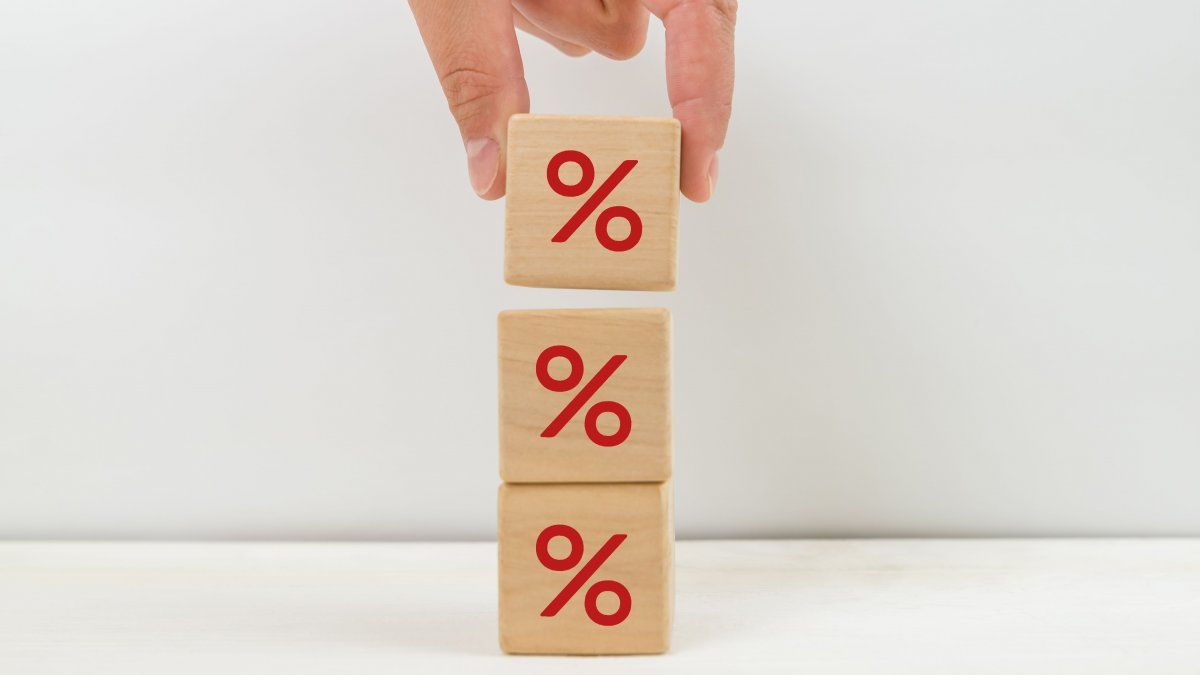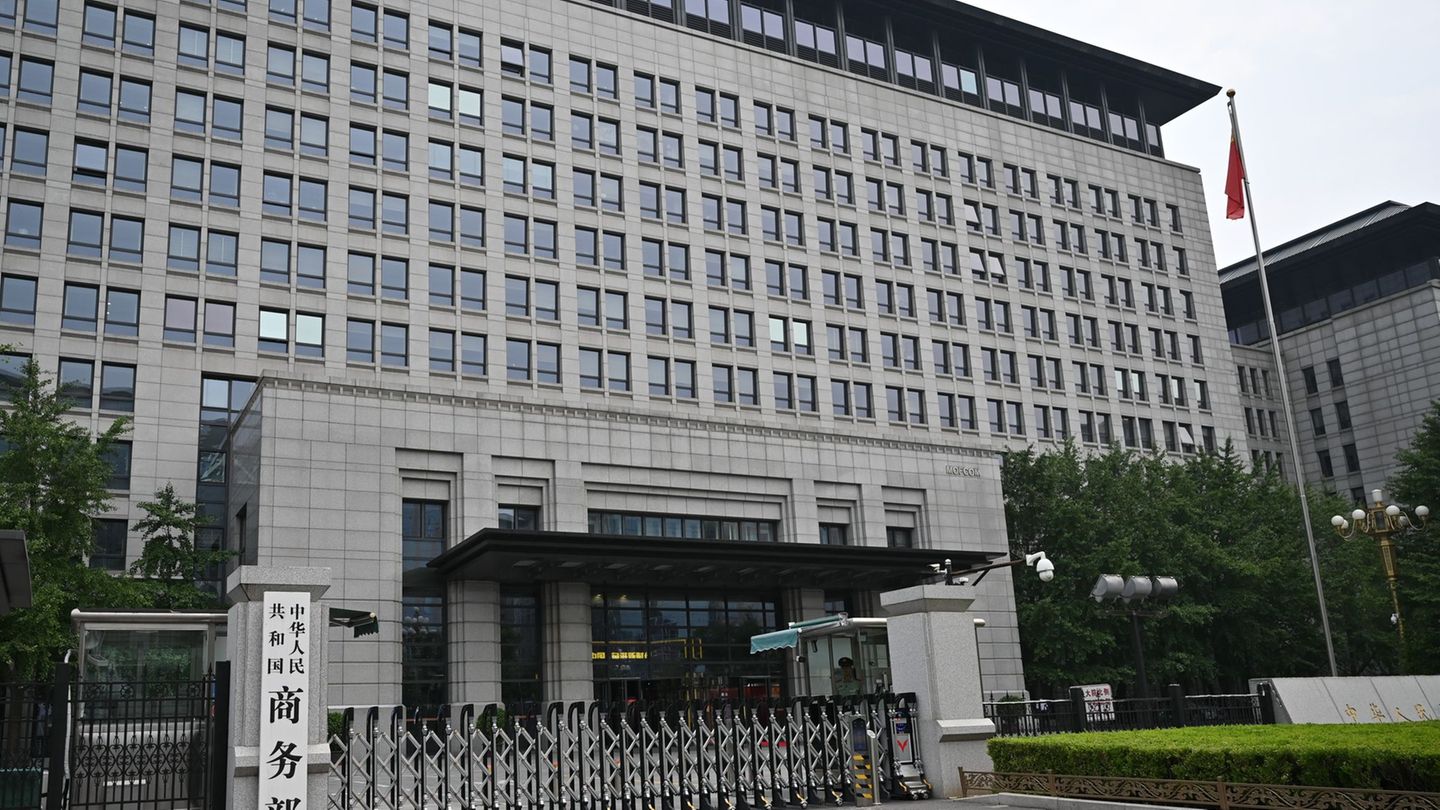The lowering of the monetary policy rate which the Central Bank announced this Friday (BCRA) had an immediate impact on the debt curve in pesos. The Lecap and the Boncapwhich had already made a strong jump in October, They started November with significant increases in the secondary market. So, the rates monthly effective rates of these instruments dropped another notch and in most cases they drilled 3%.
For the first time since May, the BCRA decided to reduce the reference rate that remunerates Liquidity Fiscal Letters (LEFI) and which also affects the performance of fixed terms. The entity that presides Santiago Bausili cut the annual nominal interest rate from 40% to 35%.
Thus, the BCRA Monthly Effective Rate (TEM) became of the 2.92% and the annual effective rate (TEA) stands, as of today, at 41.19%. Although some city analysts believed that the Central Bank would wait to know the October CPI to define a rate cut, others discounted that it would do so in the short term in response to the inversion of the curve in pesos that took place last month. product of the expectations of a slowdown in inflation that were established in the market.
Strong rise in Lecap and Boncap
However, the monetary authority’s decision also fed back into the upward trend that fixed-rate Treasury securities had already been carrying since recent weeks.
“The Lecaps and Boncaps immediately adjusted their prices due to the lowering of BCRA rates and today they rose 0.6% in the short section and 1.4% average in the long section”said a report from SBS Group. And he added that, end to end, in the week the short section rose 1.5% and the long section, 4%.
The trader Adrian Wibly He also pondered the impact: “After the BCRA’s rate reduction (from 40% to 35%), Lecap continued to rise very much.” And he highlighted that, with this movement, the rate curve was once again compressed, and it became “practically flat and quite untidy.” Furthermore, Wibly calculated that the TEM of capitalizable bills closed between 2.85% and 3.05%.
image.png
This Friday’s rise comes after the strong rally in fixed-rate Treasury securities in October. Last month they increased 5% on average in the short section and 11% in the long sectionaccording to SBS calculations.
What is it due to? In general, the interpretation of the analysts is that the prices and yields of the assets reflect that the market began to “buy” more eloquently the Government’s message that inflation will continue its slowing trend and that, for this reason, the Investors sought to secure fixed rates for longer terms in the expectation that returns would compress even more in the future.
The key to monitor in the coming days is whether the official decision and the compression of returns in the secondary market have any impact on the bets on the “carry trade”which is key to the economic team’s strategy to maintain the BCRA’s currency purchases. In the accumulated of the year until mid-October, the so-called “financial cycle” (which consists of selling dollars, placing assets in pesos, taking advantage of the rate and exiting before the exchange rate overheats) left juicy profits of the 31st, 8% in dollars, according to calculations by economist Nery Persichini.
Source: Ambito
I am Pierce Boyd, a driven and ambitious professional working in the news industry. I have been writing for 24 Hours Worlds for over five years, specializing in sports section coverage. During my tenure at the publication, I have built an impressive portfolio of articles that has earned me a reputation as an experienced journalist and content creator.




